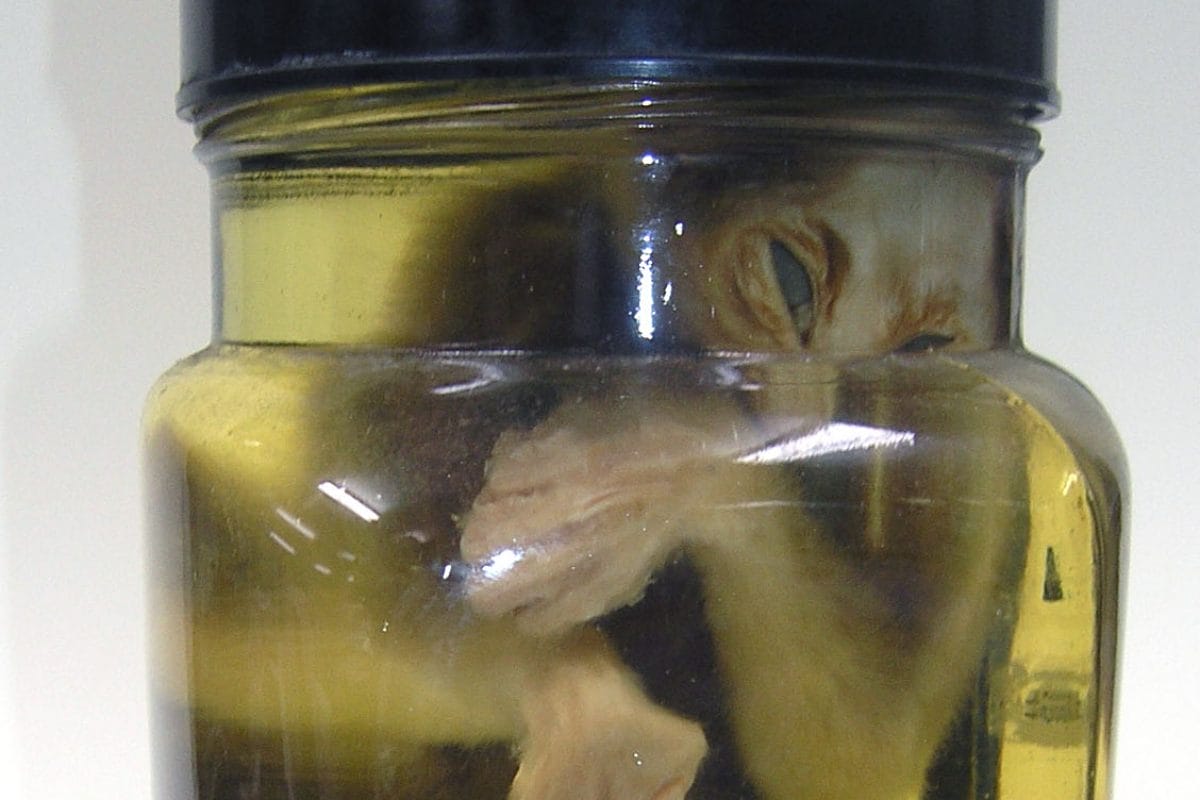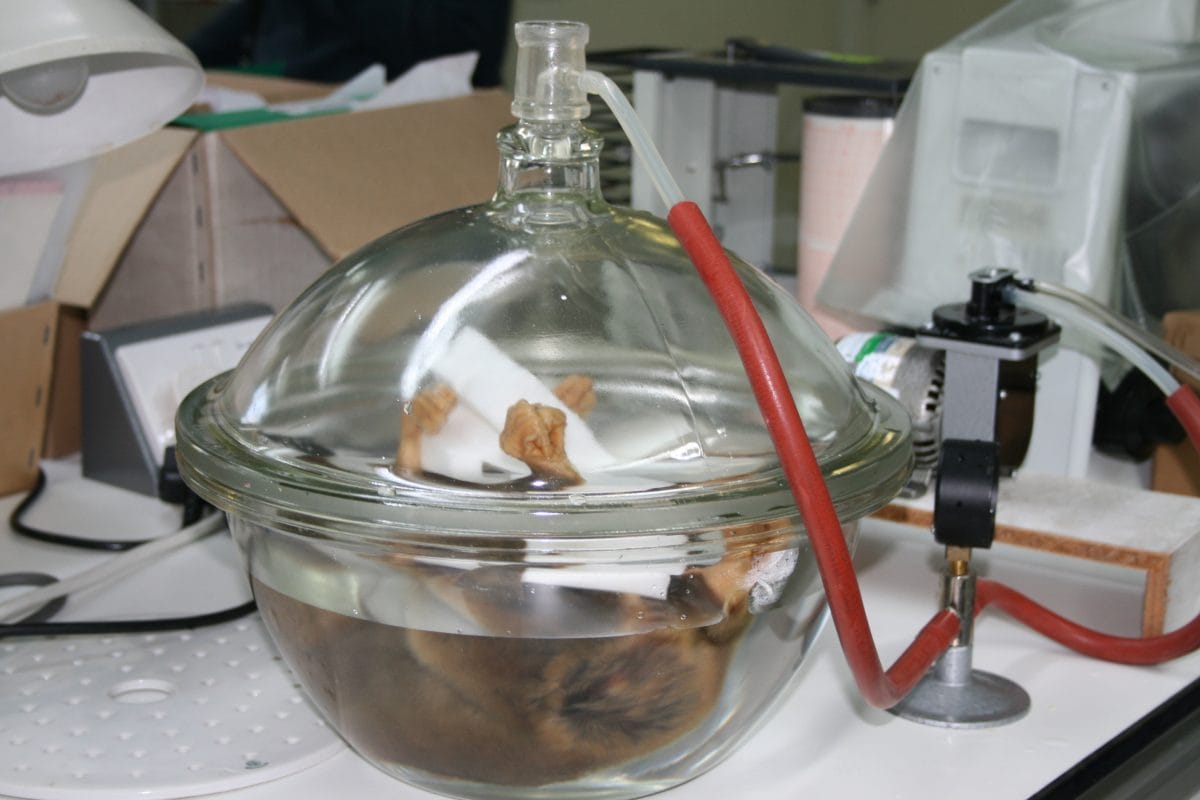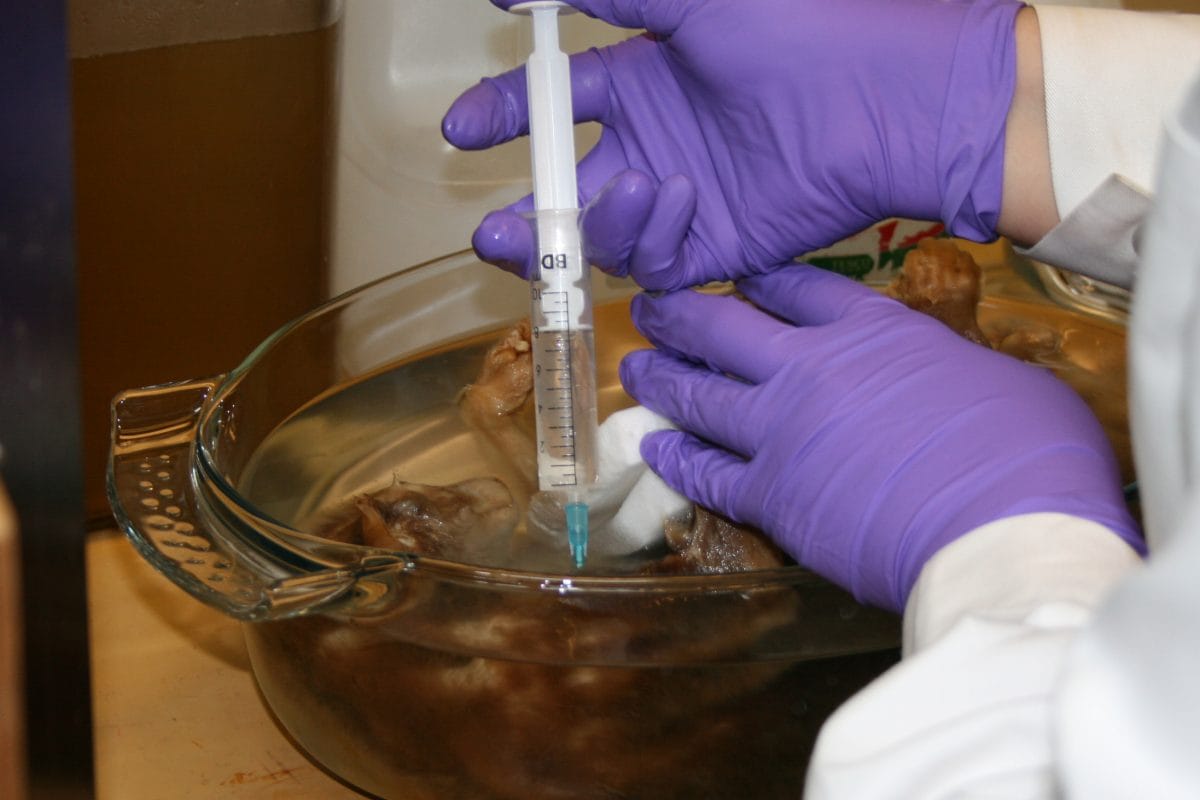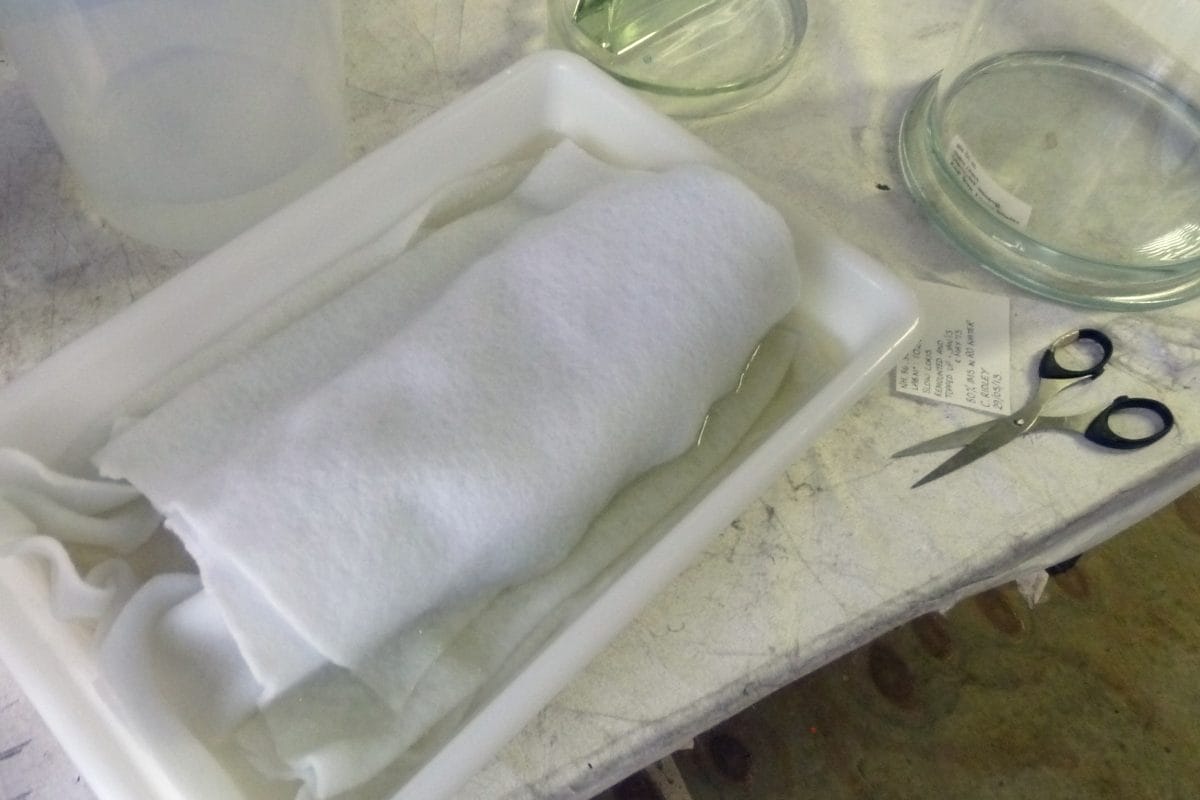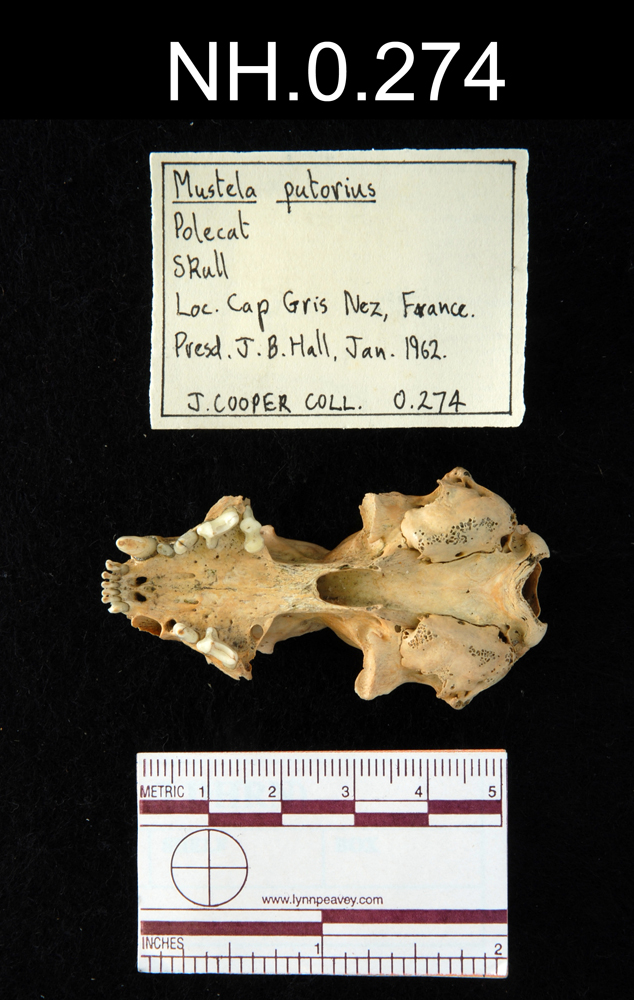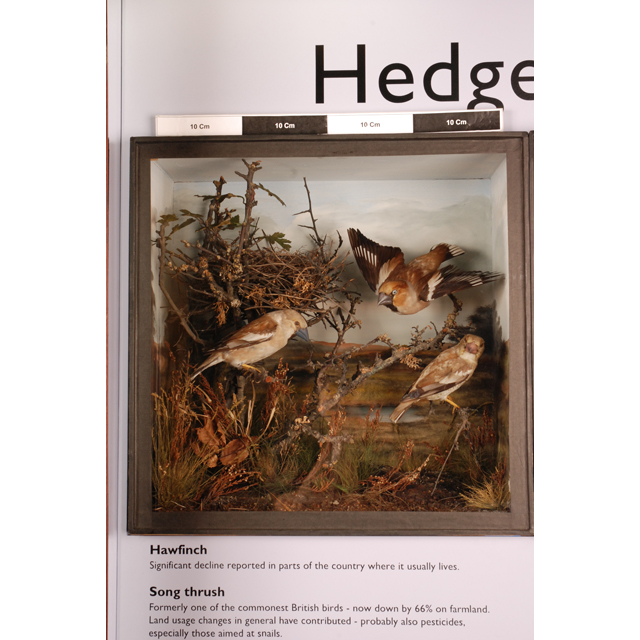Part of our work in Collections Conservation and Care is to preserve the Museum’s fluid specimen collection.
This slow loris needed a better home; its original jar was much too small for it. Our curator Paolo wanted the loris in a larger jar with its arms spread further out so that we could get a better view of its face.
The specimen had to be rehydrated in a solution of detergent and water – at a warm temperature – to allow me to manipulate its arms. The loris’s limbs were gently massaged while resting in this warmed solution and gradually its arms opened up.
The loris was then placed in a vacuum pump to remove air bubbles.
As the specimen was a small dense mammal I decided to re-fix it in formalin. Formalin is a chemical that reacts with the proteins in the body, ‘cross-linking’ them, which stops the specimens from decomposing.
I gently tied the loris to a glass backing plate so that it could be presented better in the jar and gradually ‘stepped’ the specimen up in alcohol. Fluid specimens are kept in a preserving solution of 80% alcohol in water but they have to be stepped up to this percentage. If the specimen goes from a weak solution of alcohol to a strong solution of alcohol its cells can swell and this damages the tissue.
We felt that the jar for the slow loris was too heavy to be transported with the specimen and the fluid inside, so we decided to complete the treatment at our museum store. Our loris was wrapped in polyfelt soaked in the high alcohol solution. For transportation, a container was created using two photographer development trays sealed together with cling film. This container was then placed in a crate for added protection. The loris’s new glass jar was transported separately.
At the store we finally repositioned the slow loris in his new jar and topped it up with 80% IMS in water.
Our slow loris is now housed in a large ground glass jar in fresh alcohol. It has more space, fresh alcohol and it is much more visible – all in all, a much happier specimen!
